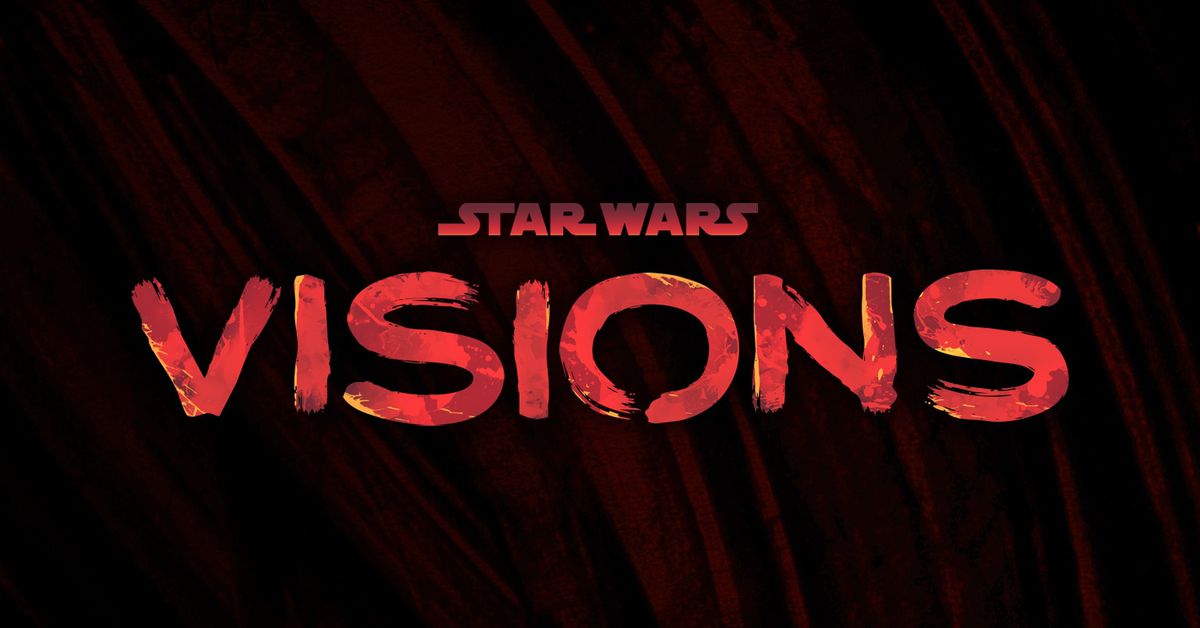
To paraphrase Luke Skywalker, “If there’s a nice center to the universe, Mandalore is the planet it’s farthest from.” The home planet of Jango Fett, Bo-Katan Kryze, and Sabine Wren is a hellhole, and it has been throughout the entirety of Star Wars’ main continuity. So much so, in fact, that I don’t think anyone needs to go back, whether it be characters or viewers.
Mandalore has been a major point of interest—obsession may be a better word—for Dave Filoni since he began the Clone Wars cartoon in 2008, and has continued to this day, where he’s more or less shepherding the entirety of the Star Wars TV universe. Mandalore featured in a major arc in Clone Wars; it was a major storyline in the Rebels cartoon; and now it seems it’s going to be the focus of The Mandalorian’s third season, as Din Djarin (Pedro Pascal) gets enlisted to help the deposed Bo-Katan and her fellow faction of Mandalorian warriors regain control of their ancestral planet.
Except as Djarin points out in season two of his TV series, Mandalore is “cursed” and “everyone who goes there dies.” He’s not wrong. The history of Filoni’s Mandalore is filled with death, tragedy, death, violence, and more death. It technically began before the Clone Wars, during the ancient days of Old Republic, thousands of years before the events of the Star Wars movies. The Mandalorians were a war-mongering race that frequently clashed against the Jedi for centuries, ruining most of the surface of their planet in the process. It led to a group of more peaceful “New Mandalorians”… that ended up fighting the old-school Mandalorians, and burning the remains of the planet’s grasslands into ash.
These civil wars between the two factions literally happened for millennia until Qui-Gon Jinn and the young Obi-Wan Kenobi were sent to protect Mandalore’s nominal leader, Duchess Satine Kryze. She was part of the peaceful faction, and thus constantly targeted for assassination by the other Mandalorians. As the Star Wars wiki puts it, this particular war “killed the majority of Mandalore’s population” before it was settled, and the extremist Mandalorians were banished to the planet’s moon.
These Mandalorians turned into a terrorist group called Death Watch, who not only sided with the Separatists when the Clone Wars rolled around, but joined forces with Darth Maul and several criminal syndicates to overthrow Kryze. They “conducted attacks on numerous key locations creating mass panic and loss of life.” Eventually, Maul took control over part of Death Watch and the planet, and successfully managed to assassinate Kryze in the process. So then a different faction of Death Watch—co-led by Satine’s sister Bo-Katan—split off and rebelled against Maul and their brethren. The result? Yep, another bloody civil war until the Republic army waged the Siege of Mandalore (eventually seen in Clone Wars season seven) that eventually toppled Maul and put Bo-Katan on the throne.
G/O Media may get a commission
Rough, right? We’re not done. The newly minted Empire overthrew Kryze and took full control of Mandalore, kicking Bo-Karan to the proverbial curb, and creating a puppet regime. But in order to thoroughly subjugate its people, the Empire created an Arc Pulse Generator that could instantly kill any beskar-wearing Mandalorian. This was destroyed by the Mandalorian Sabine Wren (seen in Rebels) during yet another civil war, during which Wren also joined forces with Bo-Katan Kryze and her people to reinstall her to power.
This success would be woefully short-lived. The Empire realized Mandalore and its people were far, far more trouble than they were worth. In what was later called “The Great Purge,” they sent their forces to murder every inhabitant and bomb every sign of civilization they could see. As the wiki so cheerfully points out, it “led to the near-total genocide of the Mandalorian people in what was later known as the ‘Night of a Thousand Tears.’” As The Mandalorian has shown us, Bo-Katan and a handful of her people managed to flee, but now she wants Din’s help to reclaim her planet yet again.
But why? What’s left for her down there other than ash and bones? As far as we know, nothing much other than an obsessive desire for legacy. But here’s a better question: What’s left on Mandalore for us? After watching the place get torn apart over and over again, are there any stories left on Mandalore worth exploring? We’ve spent 15 years over three Dave Filoni-headed series—Clone Wars, Rebels, and The Mandalorian—examining the warrior culture and how screwed up they are, and now the setting is wearing out its welcome because it’s so one-note. War, lots of death. Civil war, lots of death. Empire invades, lots of death. What’s left for Bo-Katan and audiences to see in season three of The Mandalorian? I’m not a fortune teller, but I feel “lots of death” may be the end result. Again.
Obviously, The Mandalorian returns in March, so there’s not really anything that can be done about whatever Filoni has planned next. But let’s not forget that Lucasfilm president Kathleen Kennedy said as recently as last year that they know Star Wars needs to move on from its past, and with Andor, and hopefully the upcoming Skeleton Crew and The Acolyte TV series, the franchise will continue to do just that. Until then, however, one more visit to Mandalore is on Star Wars’ itinerary. Still, I guess it’s better than another trip to Tatooine…
Want more io9 news? Check out when to expect the latest Marvel, Star Wars, and Star Trek releases, what’s next for the DC Universe on film and TV, and everything you need to know about the future of Doctor Who.
#Star #Wars #Obsessed #Mandalore #Mandalorians





